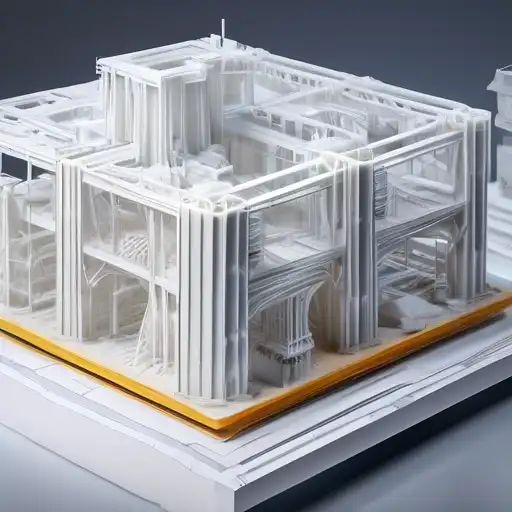Revolutionizing Construction: The Power of 3D Printing
The construction industry is on the brink of a revolution, thanks to the advent of 3D printing technology. This innovative approach to building is not only faster and more cost-effective but also opens up new possibilities for architectural design and sustainability. In this article, we explore how 3D printing is shaping the future of construction.
What is 3D Printing in Construction?
3D printing in construction involves the use of large-scale printers to create buildings and structures layer by layer. This method can use a variety of materials, including concrete, plastic, and even recycled materials, offering a greener alternative to traditional construction methods.
Benefits of 3D Printing in Construction
The benefits of 3D printing in construction are manifold. Here are some of the most significant advantages:
- Speed: 3D printing can significantly reduce construction time, with some structures being completed in a matter of days.
- Cost-Effectiveness: By minimizing labor costs and material waste, 3D printing offers a more economical solution for building.
- Design Flexibility: This technology allows for complex and customized designs that would be difficult or impossible to achieve with traditional methods.
- Sustainability: 3D printing promotes the use of eco-friendly materials and reduces the carbon footprint of construction projects.
Challenges and Considerations
Despite its many benefits, 3D printing in construction also faces several challenges. These include regulatory hurdles, the need for skilled operators, and the current limitations in terms of the size and types of structures that can be printed. However, as the technology continues to evolve, these challenges are expected to be overcome.
Real-World Applications
Around the world, 3D printing is being used to construct everything from residential homes to commercial buildings and even bridges. Notable examples include the first 3D-printed office in Dubai and a pedestrian bridge in Spain. These projects demonstrate the potential of 3D printing to transform the construction industry.
The Future of 3D Printing in Construction
As 3D printing technology advances, its applications in construction are expected to expand. Future developments may include the ability to print larger structures, the use of new materials, and even the integration of smart technologies into 3D-printed buildings. The possibilities are endless, and the impact on the construction industry could be profound.
In conclusion, 3D printing in construction represents a significant leap forward in how we build our world. With its numerous benefits and potential for innovation, it's clear that this technology will play a key role in building tomorrow. For more insights into the latest construction technologies, check out our construction innovation page.
